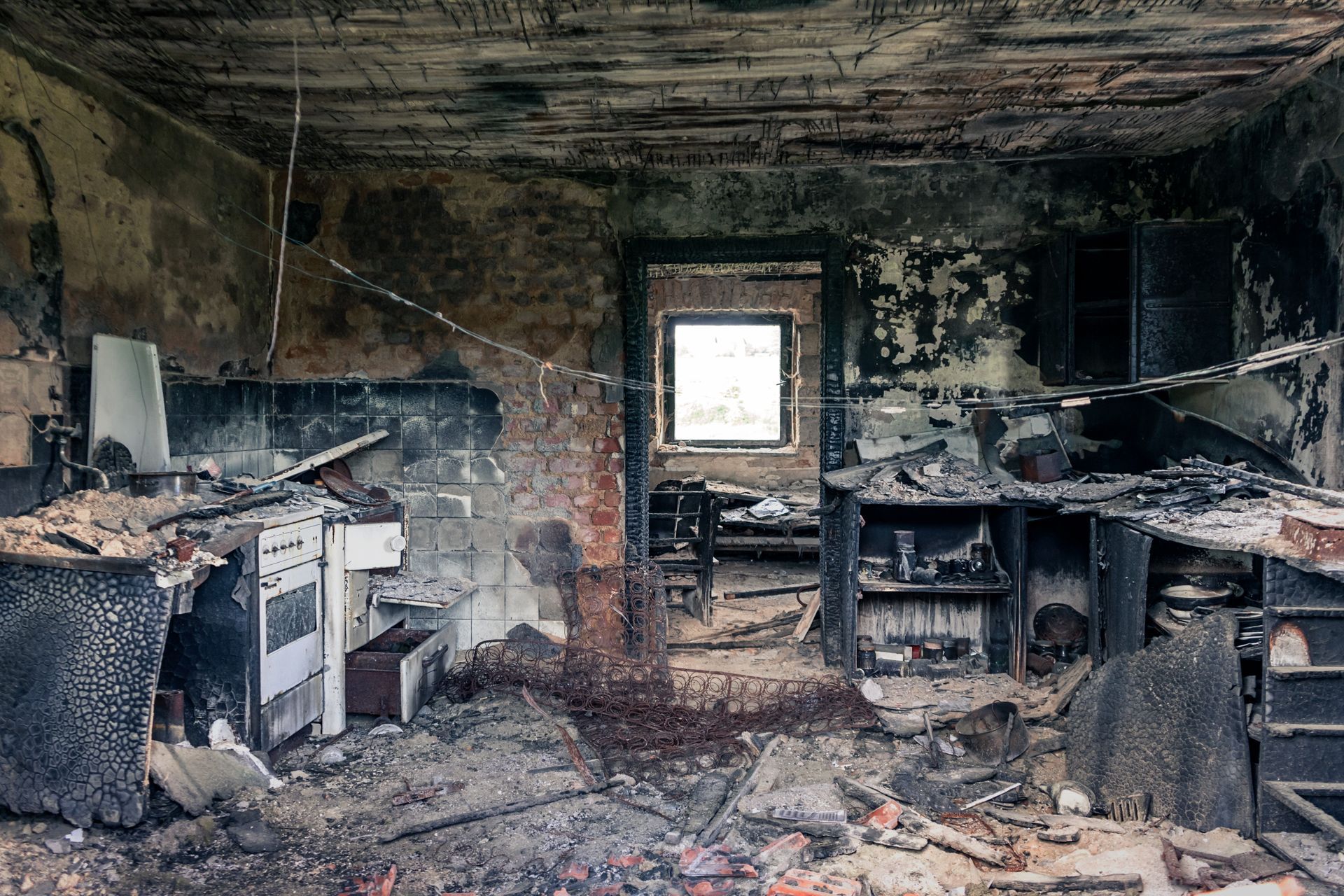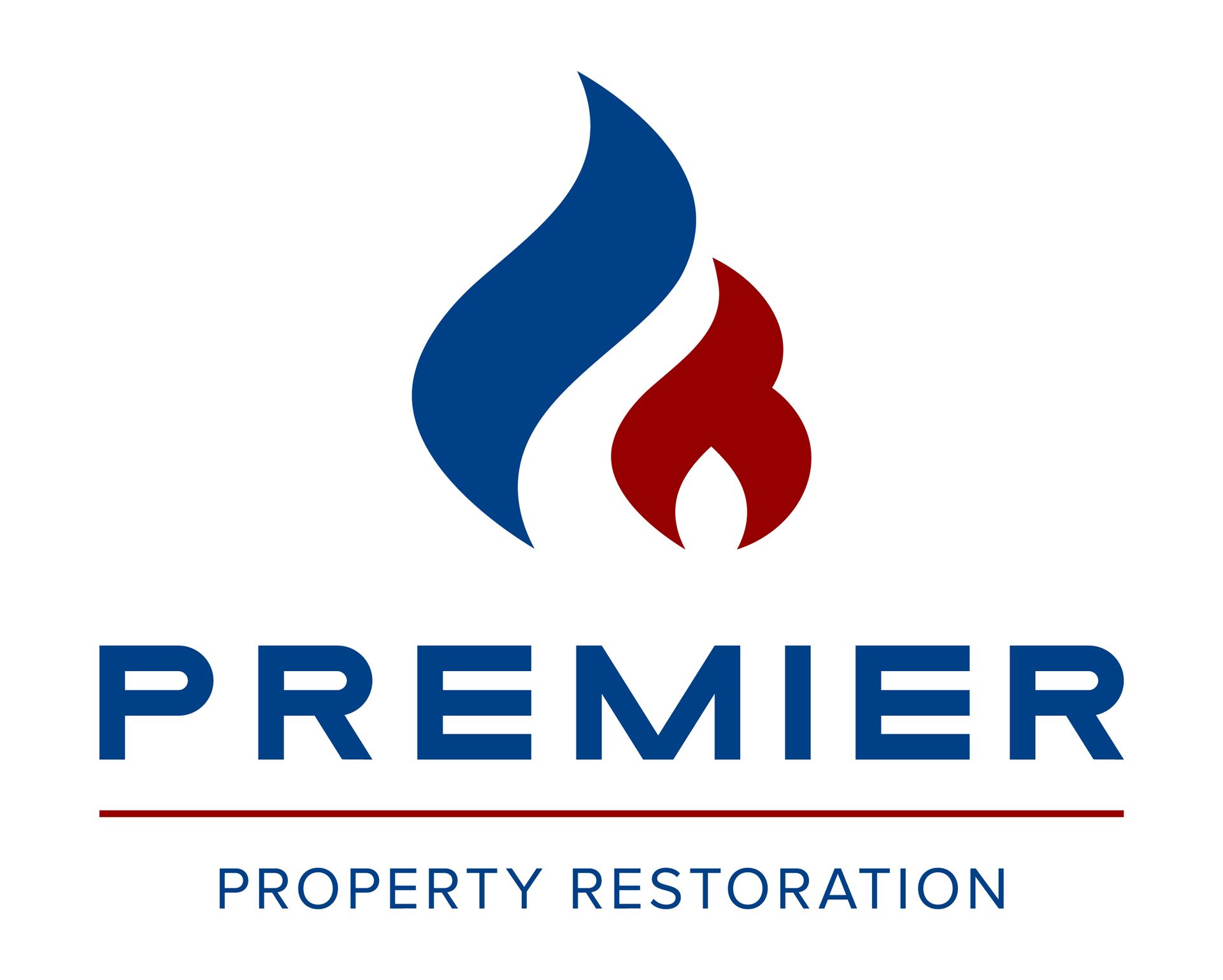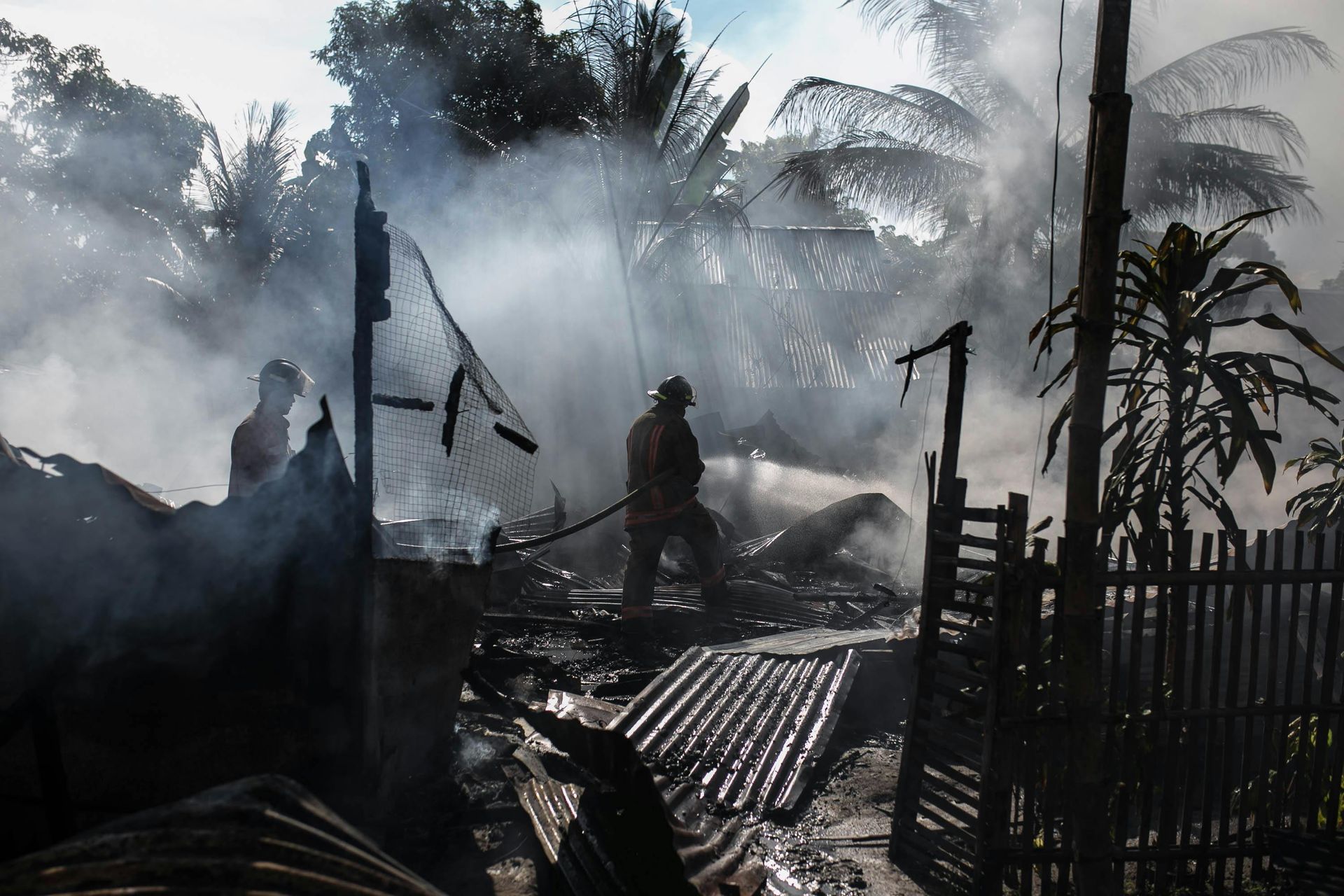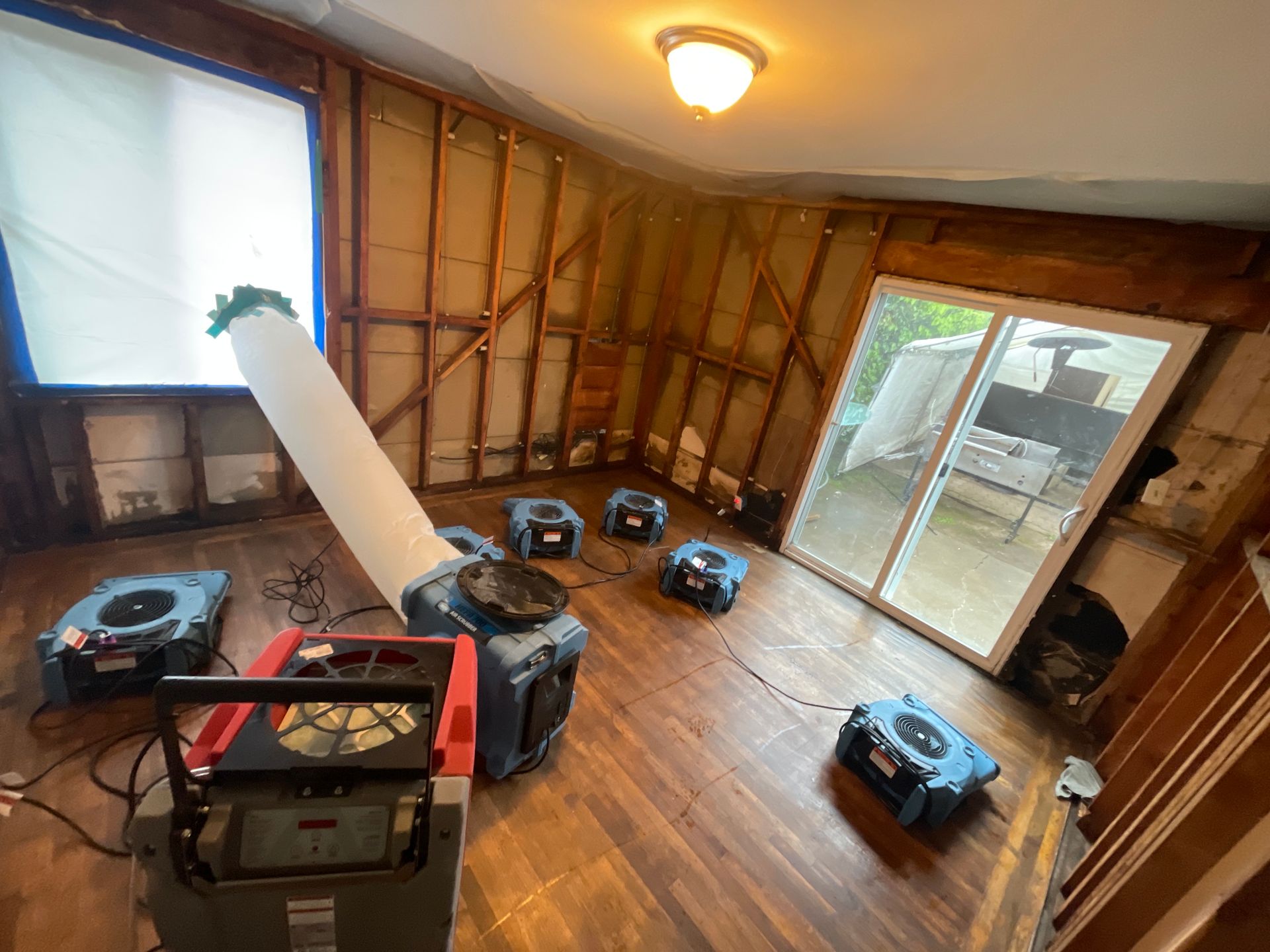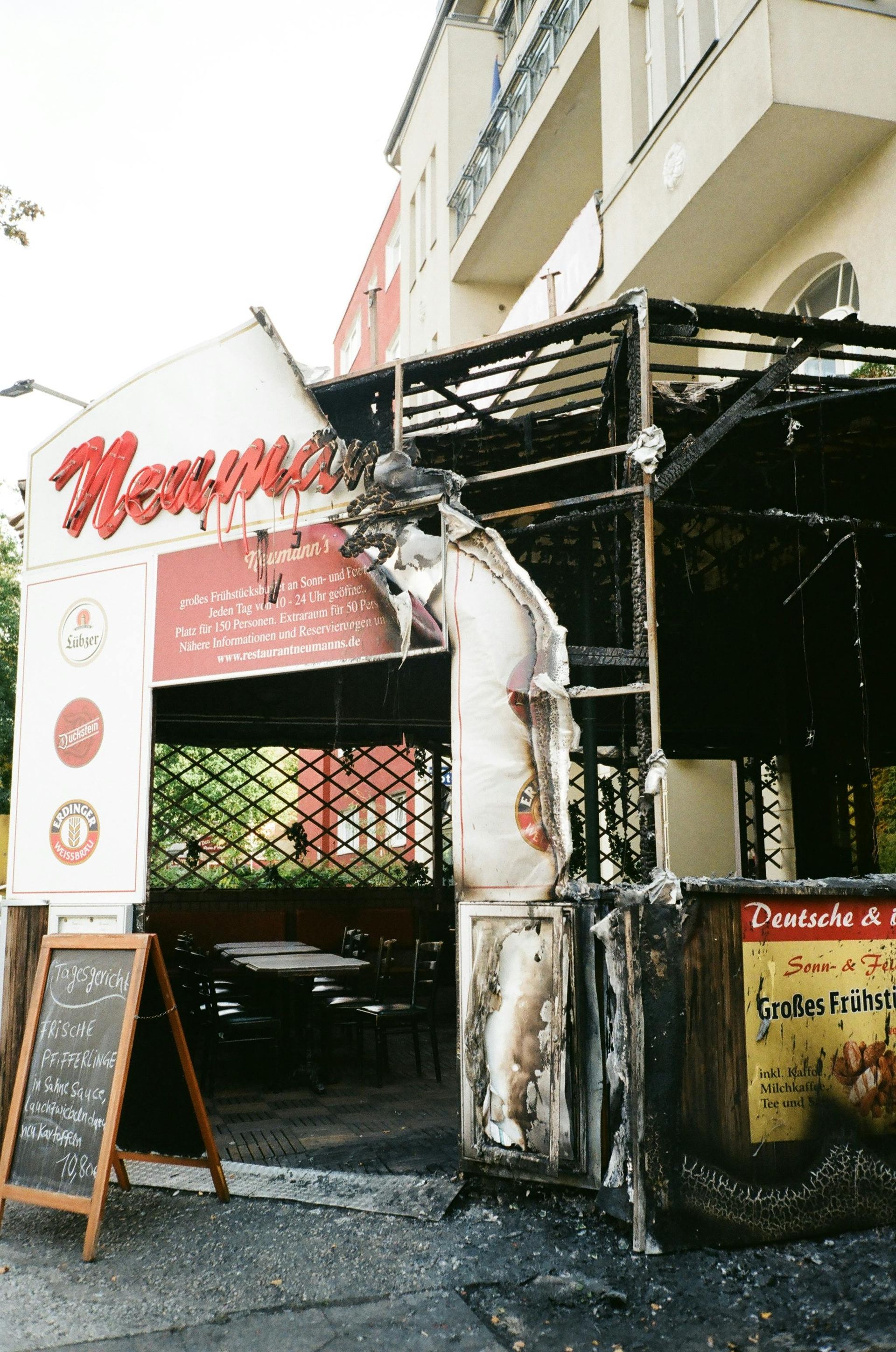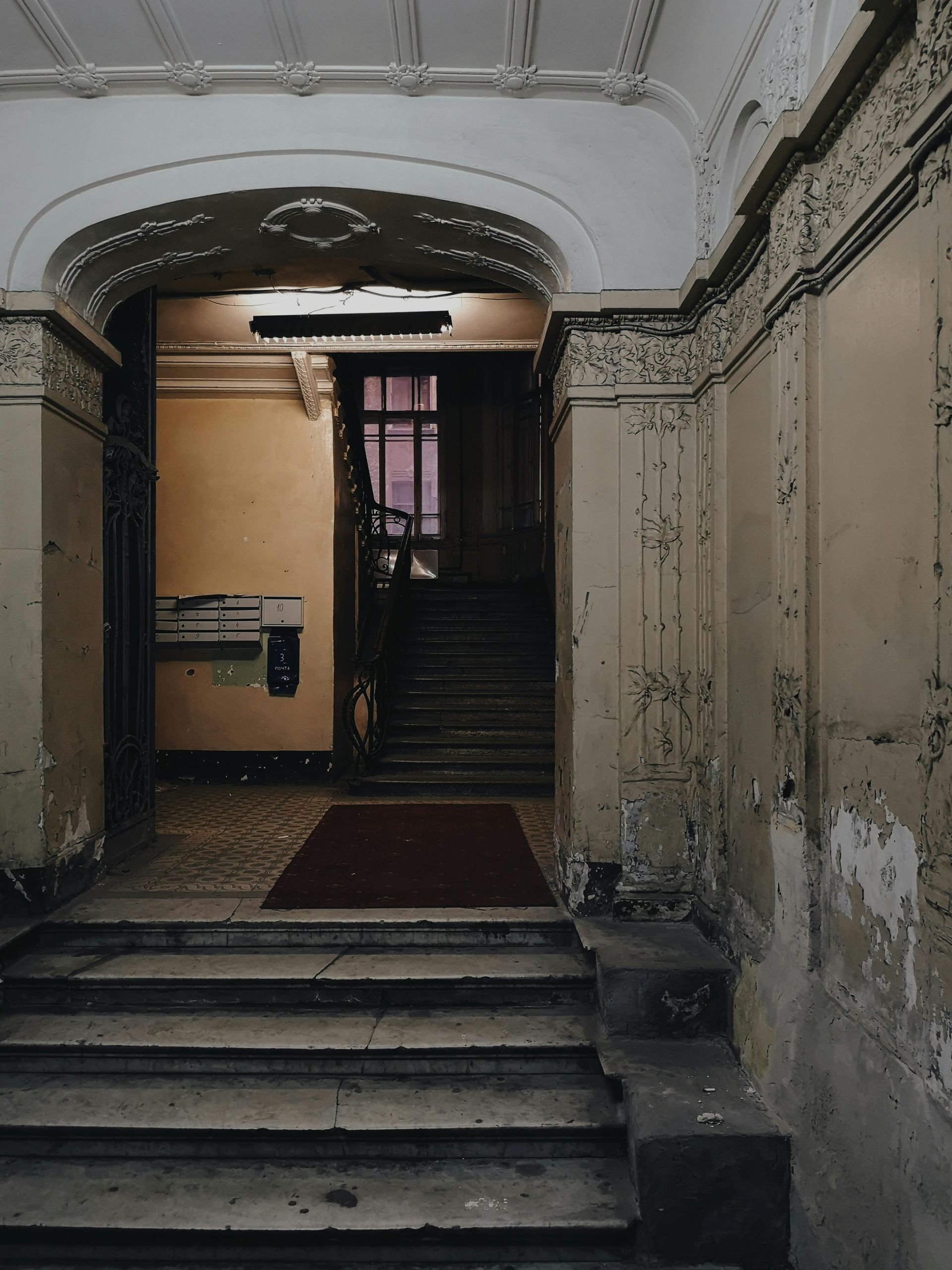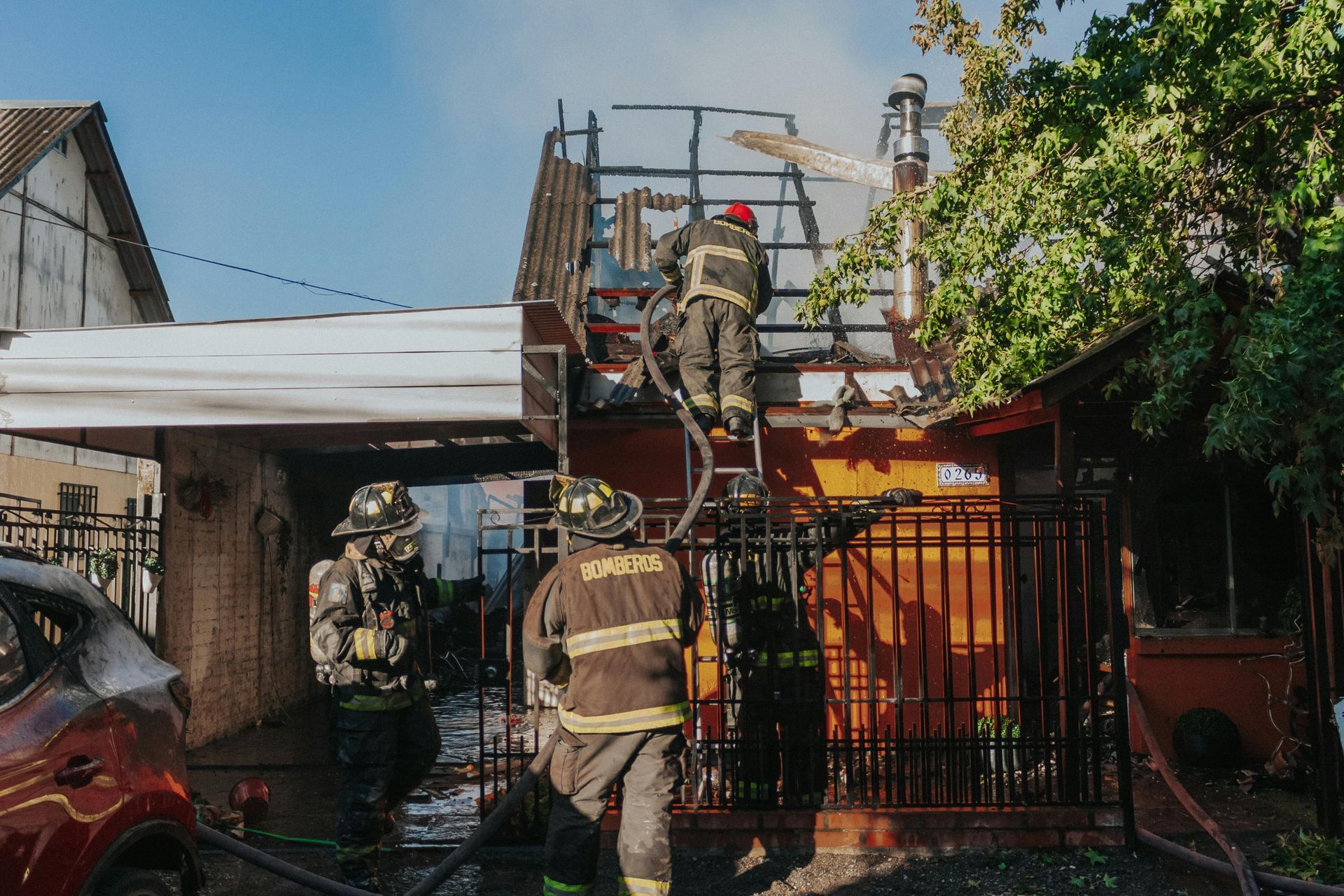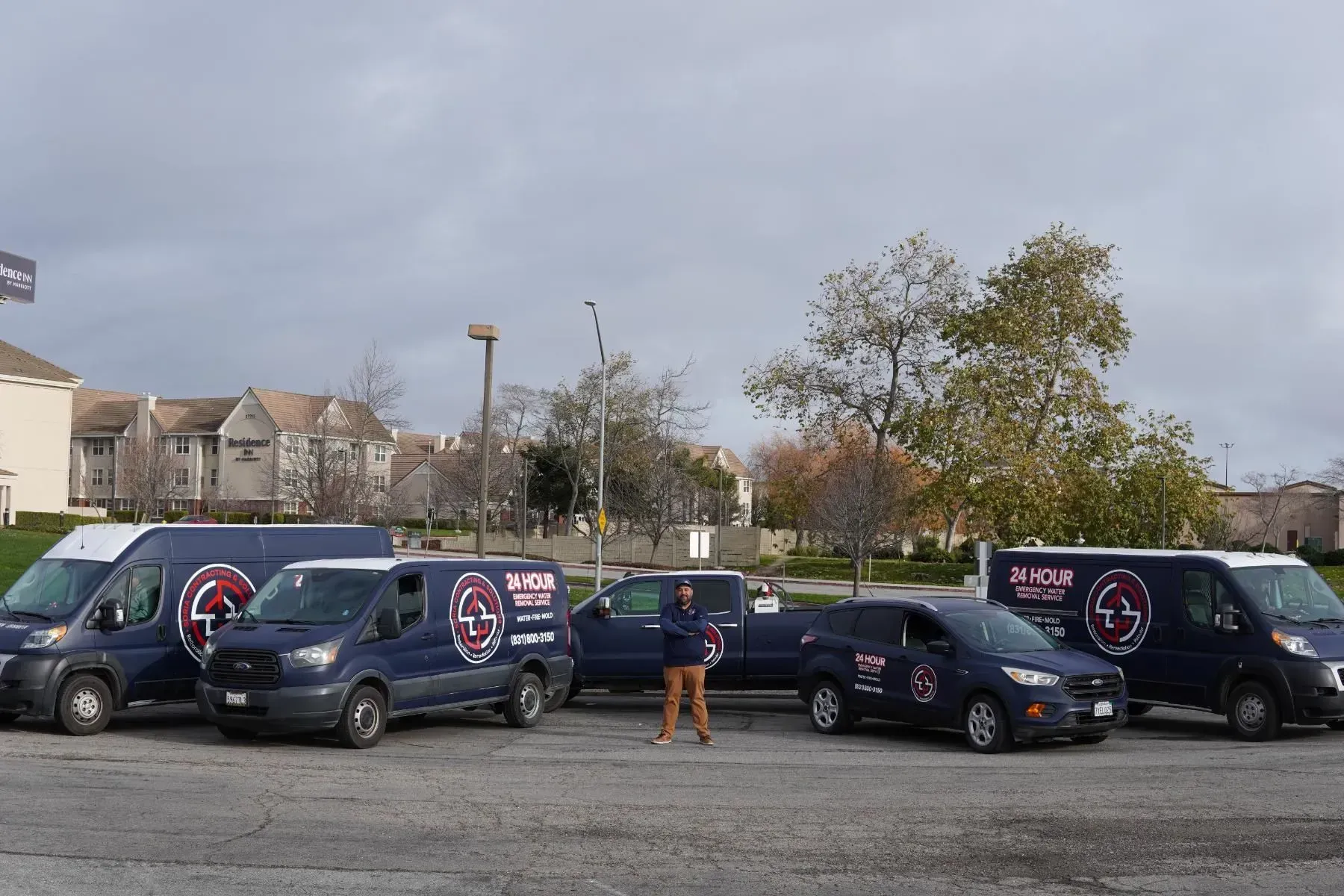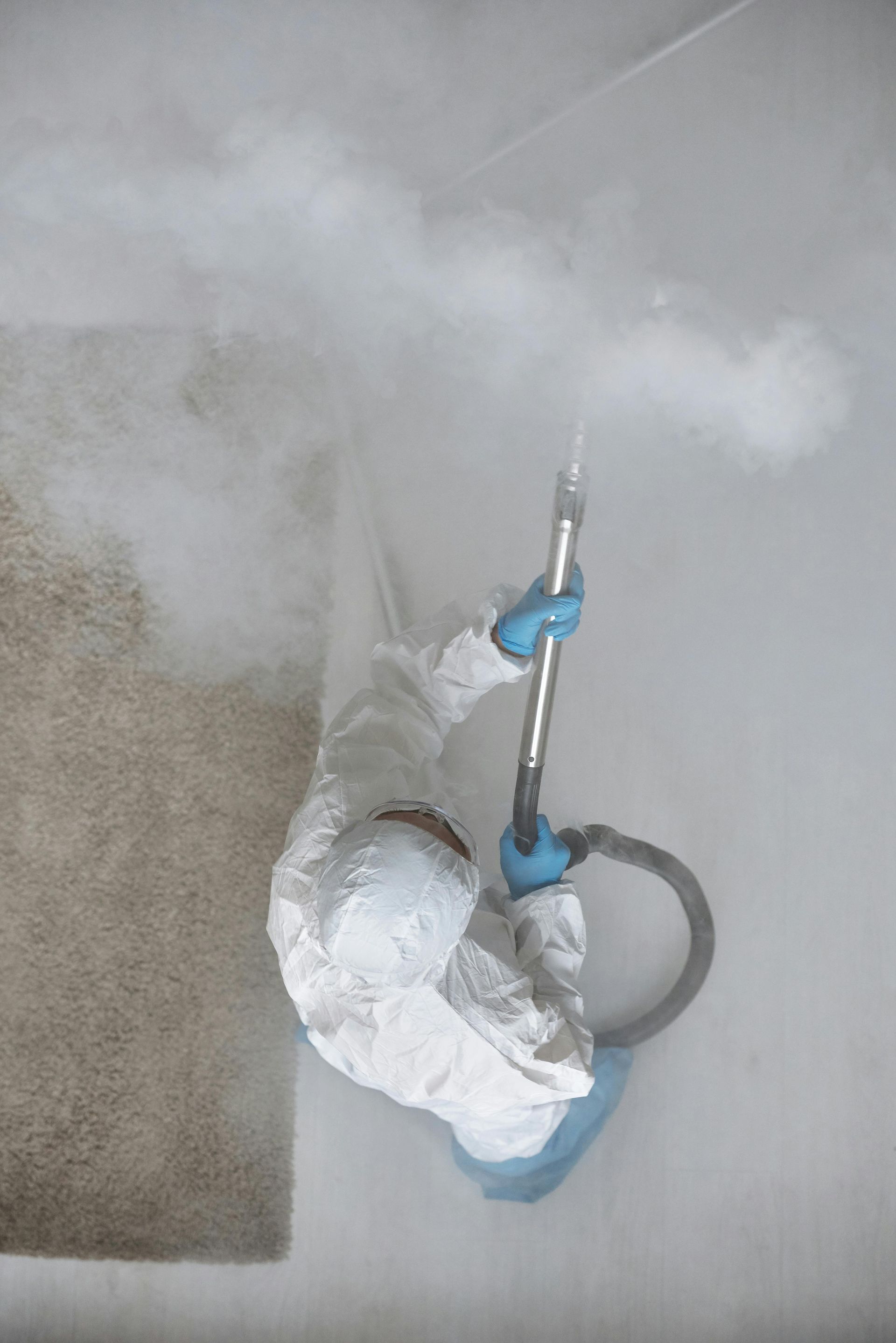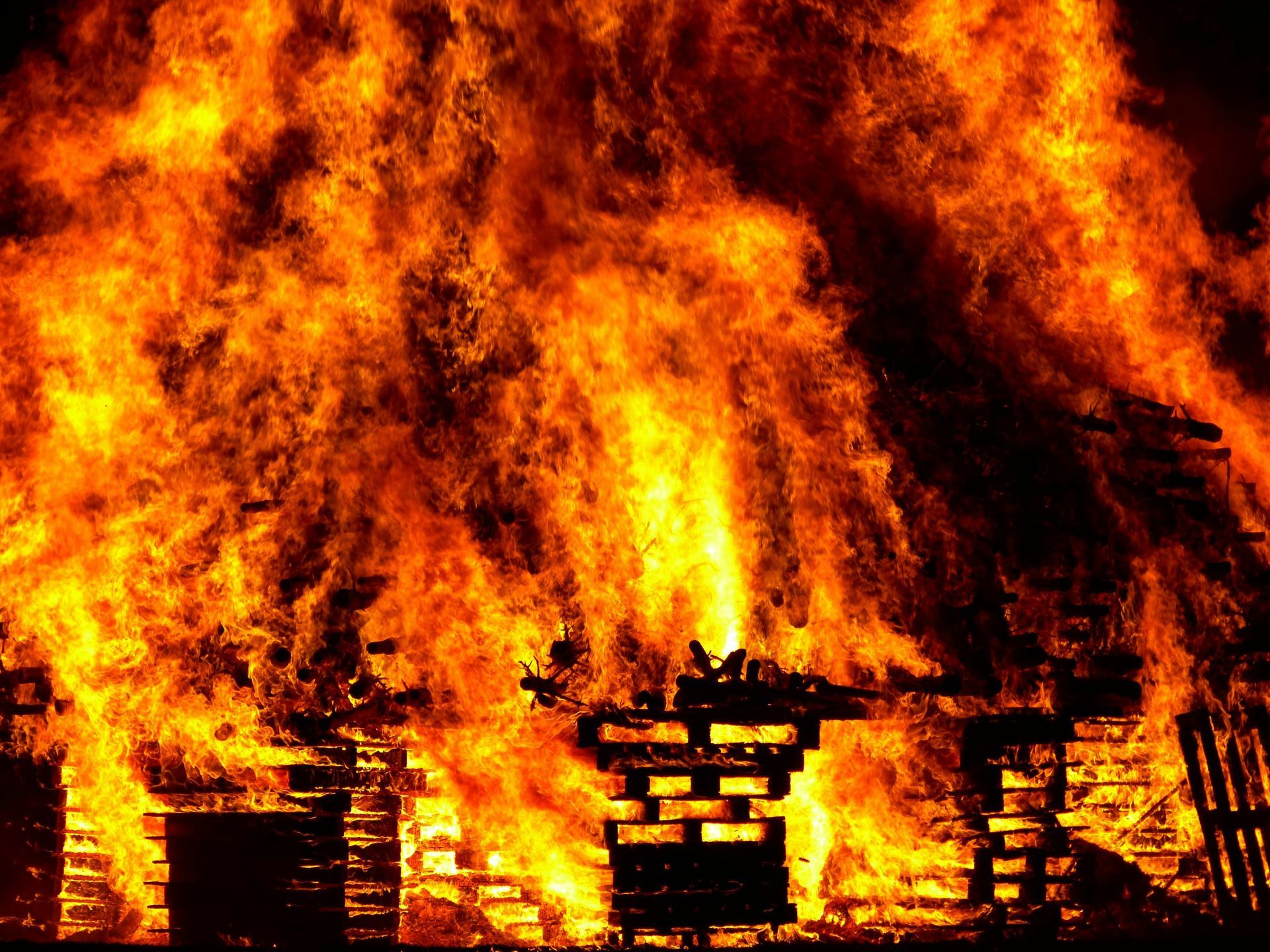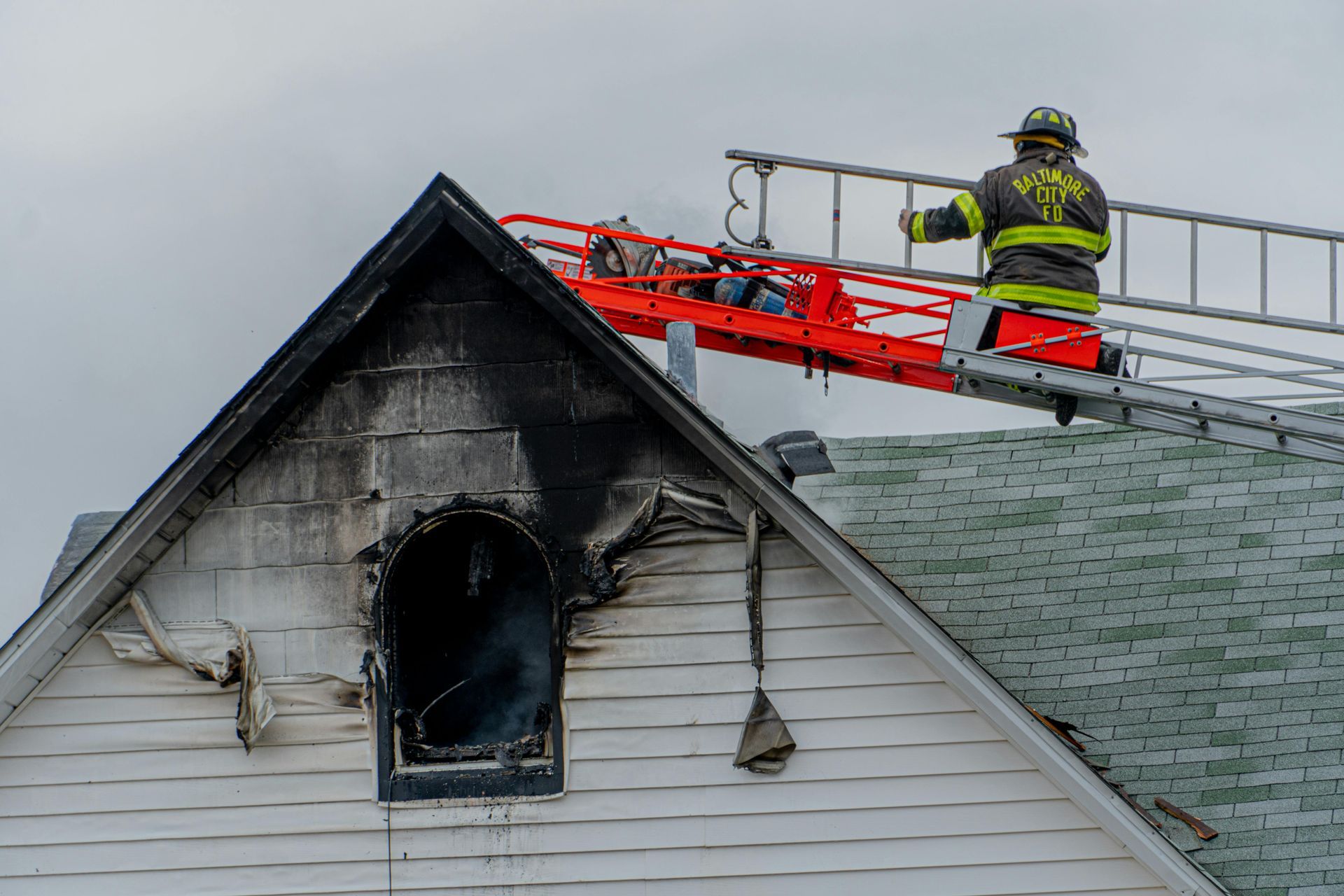Exploring the Different Types of Fire Damage and How They Occur
Fire damage can be a devastating event for any homeowner, posing serious risks to safety, property, and personal well-being. Understanding the different types of fire damage and their specific causes is crucial in preparing for, preventing, and addressing these hazards effectively. From the immediate destruction caused by flames to the lingering effects of smoke and soot, fire damage manifests in various ways, each requiring a unique approach to remediation. This article will explore the primary forms of fire damage that homeowners may encounter, including thermal damage, smoke damage, and water damage resulting from firefighting efforts. By recognizing the characteristics and origins of each type, individuals can better safeguard their homes against fire's destructive power.
Smoke Damage
Smoke damage is primarily caused by the combustion of various materials commonly found in homes, such as wood, plastic, and fabric. When these materials burn, they release a complex mixture of gases and particles into the air, which can settle on surfaces and infiltrate porous materials throughout a property. The nature and extent of smoke damage often depend on what is burning. For instance, the combustion of synthetic materials can produce more noxious and chemically complex smoke compared to natural substances like wood.
Another critical factor in the creation of smoke is incomplete combustion, which occurs when there is an insufficient supply of oxygen or fuel. This process results in the production of a thicker, more harmful smoke that can contain a wide range of toxic byproducts, including carbon monoxide and soot.
The impact of smoke damage on one's health and property can be profound. In terms of health, exposure to smoke can lead to respiratory issues, eye irritation, and exacerbation of pre-existing conditions such as asthma. Long-term exposure can also have more severe health consequences, underscoring the importance of timely and thorough remediation. On a property level, smoke can cause discoloration and corrosion of surfaces, damage electronic devices, and leave a persistent, unpleasant odor that is difficult to remove. The particles in smoke can penetrate deeply into fabrics, carpets, and even walls, making the cleanup process challenging and often requiring professional intervention.
Types of Smoke Damage
Smoke damage can be categorized into two main types: visible soot and invisible odor particles. Visible soot is the tangible, often black or gray, powdery substance that settles on surfaces after a fire. It can blanket household items, walls, and furniture, leaving a stark reminder of the fire's presence. This soot is not only unsightly but can also be corrosive, damaging metals, electronics, and other materials upon contact. Invisible odor particles, on the other hand, are the microscopic residues that a fire leaves behind. These particles infiltrate soft materials such as carpets, curtains, and upholstery, embedding a smoky odor that is difficult to eradicate. Both types of smoke damage require specific cleaning techniques and products to completely remove, often necessitating the expertise of professional restoration services to ensure a properly restored environment.
Structural Damage
Structural damage resulting from fires presents a significant challenge to property owners, often impacting both the safety and value of the property. One primary cause of structural damage is the exposure of materials to high temperatures. Intense heat can weaken structural components such as support beams, foundations, and walls by melting or distorting materials. Metals may expand and lose their shape or structural integrity, while wood can char or ignite, compromising the stability of the building. This loss of structural strength poses immediate and long-term safety risks, including the potential for collapse or failure under stress.
Additionally, smoke and soot play a corrosive role in structural damage. These byproducts can penetrate and weaken materials, such as drywall, wood, and metal, beyond what is visible to the naked eye. The acidic nature of soot can lead to the corrosion of metal fixtures and fastenings, while smoke can infiltrate and compromise the integrity of materials, increasing their susceptibility to degradation over time.
The impact of structural damage on a property extends beyond repair costs. It can significantly diminish the property's market value and lead to a loss of investment for the homeowner. Furthermore, the presence of weakened structures can make the property unsafe for occupancy, necessitating extensive repairs and possibly leading to long-term displacement of its inhabitants. Addressing structural damage promptly and effectively is thus crucial to maintaining both the safety and value of a property post-fire.
Types of Structural Damage
Structural damage following fires can manifest in several forms, each with unique implications for property integrity and safety. Warping occurs when materials such as wood or metal are exposed to intense heat, causing them to deform. This distortion can weaken support structures, leading to potential instability. Buckling is another form of damage where materials, especially steel or iron supports, undergo stress due to uneven heating, resulting in a sudden bend or giveway that compromises the structural integrity. Lastly, collapse is the most severe form of structural damage, where the building's components fail entirely, leading to a partial or total fall. This can happen immediately during the fire or later, as weakened structures give way. Each type demands immediate attention to ensure safety.
Water Damage
Water damage is an often-overlooked consequence of firefighting efforts, where large volumes of water are used to extinguish flames. This inundation can cause significant harm, soaking into materials and structures, leading to immediate and long-term problems. The primary cause of water damage during firefighting is the sheer quantity of water necessary to douse a fire, which can saturate walls, flooring, and furnishings. In addition, water can seep into less accessible areas, accumulating in hidden spaces and promoting the growth of mold and mildew.
The health implications of water damage are substantial, as moisture-laden environments foster the proliferation of mold. Exposure to mold can trigger respiratory issues, allergic reactions, and exacerbate conditions such as asthma. Mold spores airborne in indoor environments can be inhaled, posing risks, particularly to individuals with sensitive respiratory systems.
On a property level, water damage compromises structural integrity and causes deterioration of materials over time. Wooden components may warp or rot, while metals are prone to corrosion. Fabrics, including upholstery and carpets, can become breeding grounds for mold if not promptly dried. Electronics and appliances may also suffer irreversible damage upon contact with water. The cumulative effect of these issues can result in costly repairs and, in severe cases, necessitate the complete replacement of impacted items. Addressing water damage swiftly and comprehensively is crucial to mitigating its health risks and preserving property value.
Types of Water Damage
Water damage, often consequential to firefighting efforts, manifests in various detrimental forms. The saturation of materials is the most immediate effect, where water permeates textiles, wood, and other porous surfaces, compromising their structural integrity and function. Over time, this saturation can lead to the corrosion of metal surfaces as the persistent moisture reacts with metal, causing it to deteriorate and weaken. This deteriorative process impacts not only the aesthetic appeal of these surfaces but also their structural dependability. Additionally, mold growth is a serious concern, as the dampness creates ideal conditions for mold and mildew to flourish. These fungi not only damage the materials they colonize, causing further decay but also pose significant health risks to inhabitants by degrading air quality and potentially causing respiratory issues.
Chemical Damage
Chemical damage during fires arises from the combustion of household materials and the subsequent release of hazardous chemicals. This damage can occur when materials commonly found in homes, such as plastics, synthetics, or cleaning agents, are exposed to high heat or flames, causing them to release toxic substances. These substances may include volatile organic compounds (VOCs), hydrochloric acid, hydrogen cyanide, and even heavy metals, which can adhere to surfaces or become airborne, posing significant risks to both health and property.
The health impacts of chemical damage are far-reaching. Inhalation of toxic fumes can lead to immediate symptoms such as headaches, dizziness, and eye or throat irritation. Long-term exposure can exacerbate or lead to the development of chronic respiratory problems, cognitive impairments, or cancers. The presence of chemical residues can make a property unsafe for occupancy until thorough decontamination is completed.
On the property side, chemical exposure can lead to the deterioration of materials, as corrosive substances weaken structural components and finishes. Sensitive materials, such as metals and electronics, are particularly vulnerable to corrosion, leading to costly repairs or replacements. Soft furnishings and fabrics can absorb hazardous substances, necessitating specialized cleaning or disposal. The cumulative effect severely diminishes the property's value and can create extensive restoration challenges. Therefore, understanding and addressing chemical damage is crucial for recovery after a fire, ensuring the safety and preservation of both health and property.
Types of Chemical Damage
Chemical damage from fires manifests through various harmful pathways, leading to significant material degradation. Discoloration is a common form of chemical damage where surfaces lose their original color or develop uneven color patches due to the deposition of harmful chemicals. This can affect the aesthetic appeal and value of the property. Pitting, another type of damage, occurs when corrosive substances create small, often irregular, cavities on metal surfaces. This not only mars the appearance but can compromise the structural integrity of metal components. Lastly, etching involves the chemical erosion of surfaces, resulting in a frosted or dulled appearance, particularly on glass and similar materials. This damage not only diminishes the visual and functional quality of materials but can also be costly to repair or replace.
Electrical Damage
Electrical damage is often a direct consequence of fires initiated by electrical malfunctions such as faulty wiring, overloaded circuits, or outdated electrical systems. These issues can cause an excessive buildup of heat within electrical components, leading to ignition. Once a fire has started, the damage to the property's electrical infrastructure can be extensive. Wiring, outlets, and breaker boxes can be compromised by the heat and flames, rendering them unsafe and inoperative. Furthermore, the integrity of the electrical insulation may be compromised, increasing the risk of short circuits and subsequent fires even after the initial incident has been resolved.
The impact of electrical damage on the safety and value of a property is substantial. On the safety front, damaged electrical systems pose a significant risk of electrocution or further fire outbreaks, endangering the lives of inhabitants and responders. From a value perspective, the cost associated with repairing or replacing electrical systems can be considerable. This includes not only the components directly affected by the fire but also those indirectly damaged through power surges or by being exposed to water during firefighting efforts. Ultimately, the extent of electrical damage can significantly decrease a property's market value and contribute to a longer, more complex restoration process. Ensuring electrical systems are promptly and professionally assessed and repaired is critical in restoring the safety and value of fire-damaged properties.
Types of Electrical Damage
Electrical damage in the aftermath of a fire can manifest in several ways, directly impacting the property's safety and utility. Damage to electrical panels is common, where heat and soot can compromise their functionality, leading to potential hazards such as power outages or electrical shocks. Wiring damage is another significant concern, with insulation potentially melted or burned away, causing risks of short circuits and further fires. Lastly, damage to appliances encompasses both the visible external damage and the less obvious internal components damage. Appliances may seem intact but harbor hidden dangers due to compromised circuits or motors, posing risks of malfunction or electrical hazards when powered on. Each type of electrical damage requires careful inspection and remediation to ensure the property's safety and functionality.
Looking for Fire Damage Experts? Try First Call Restoration!
When facing the aftermath of a fire, the expertise of First Call Restoration becomes indispensable. Specializing in reviving the structural elements of your home, our trained professionals work tirelessly to reverse the damage. Whether it's the integrity of beams compromised by heat or walls infiltrated by smoke and soot, we tailor our restoration services to meet the unique challenges of your situation. Don't let fire damage define the future of your home. Reach out to First Call Restoration today and take the first step towards reclaiming your space with confidence and peace of mind.
